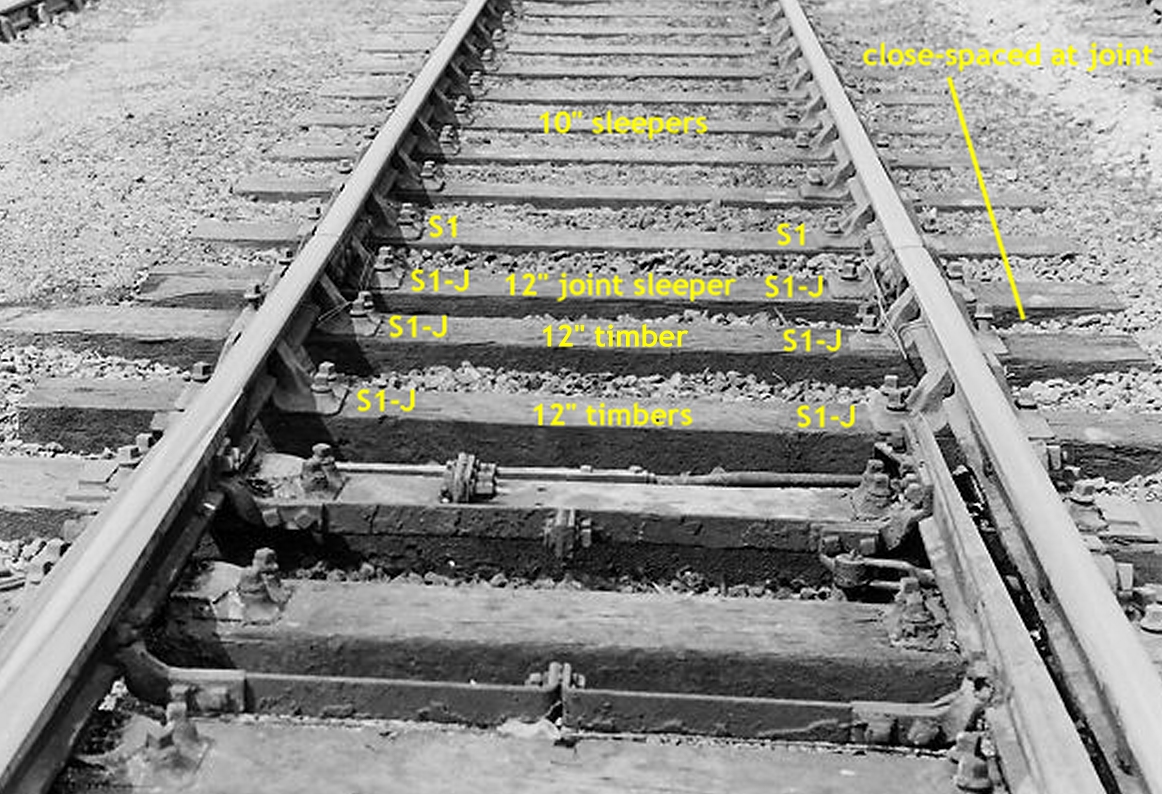@drduncan
Hi Duncan,
Unfortunately it's not that simple.

You need to specify whether you want solid or loose outer jaws.
And also what rail section you are using (and preferably dimensions from the batch of rail you are using). The default settings in Templot match some 10-year-old C&L nickel-silver code 75 bullhead rail which I have here. It might or might not match your rail. Indications from others are that the chairs are a fraction loose on the current C&L rail. There are also indications for the Mars printers that the rail fit for solid jaws varies according to the orientation of the chair raft on the build plate.
At present plug track is available only for chaired bullhead rail using REA chairs, i.e. the 1925 designs.
GWR broad gauge bridge rail is well down the list!

p.s. I'm still far from convinced that a resin-printed one-piece timbers+chairs base is a sensible way to go. There are shrinkage and warping considerations, and the home printer build plates are so small. The last thing I need at present is yet another viable option to take into consideration in the code and user interface.
My working default position is that the vast majority of users will want to go for FDM-printed bases:
cheers,
Martin.
 Search
Search

